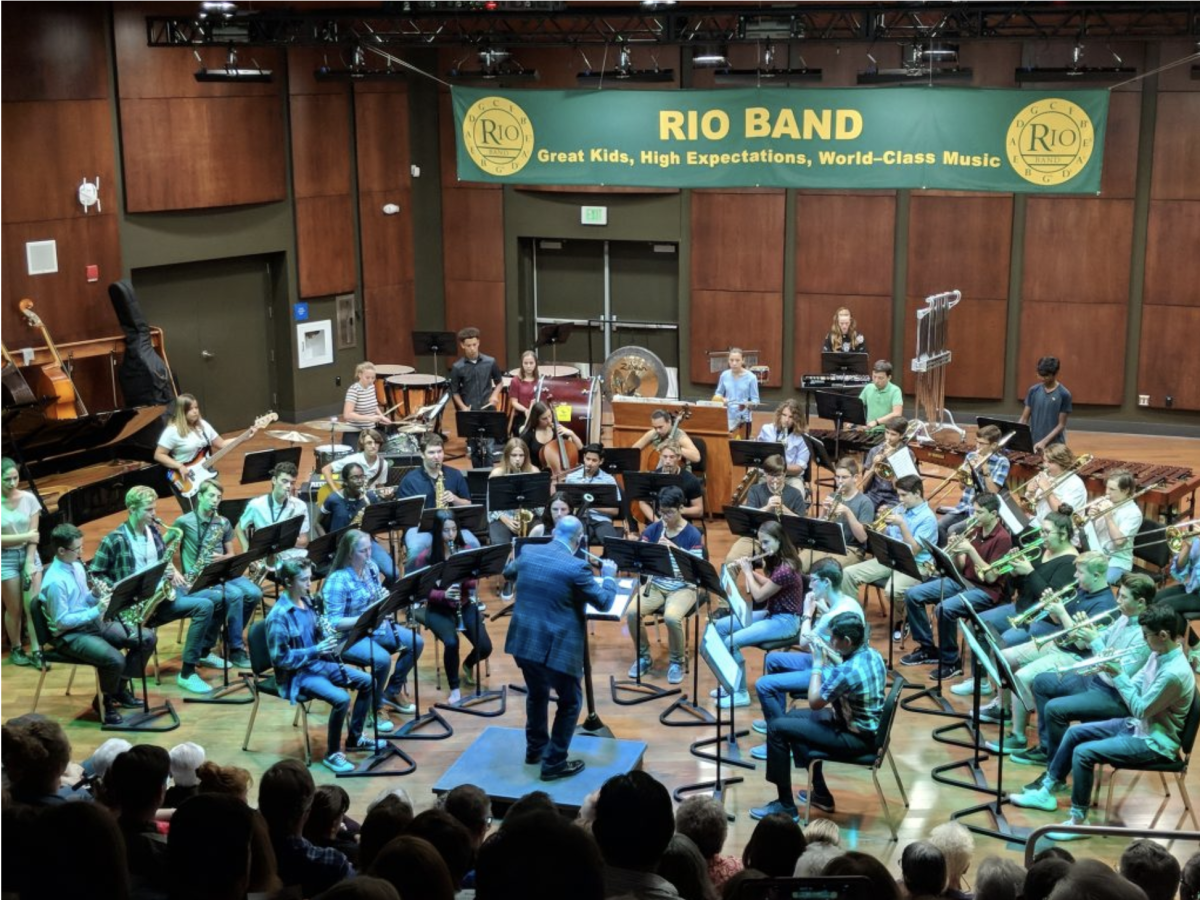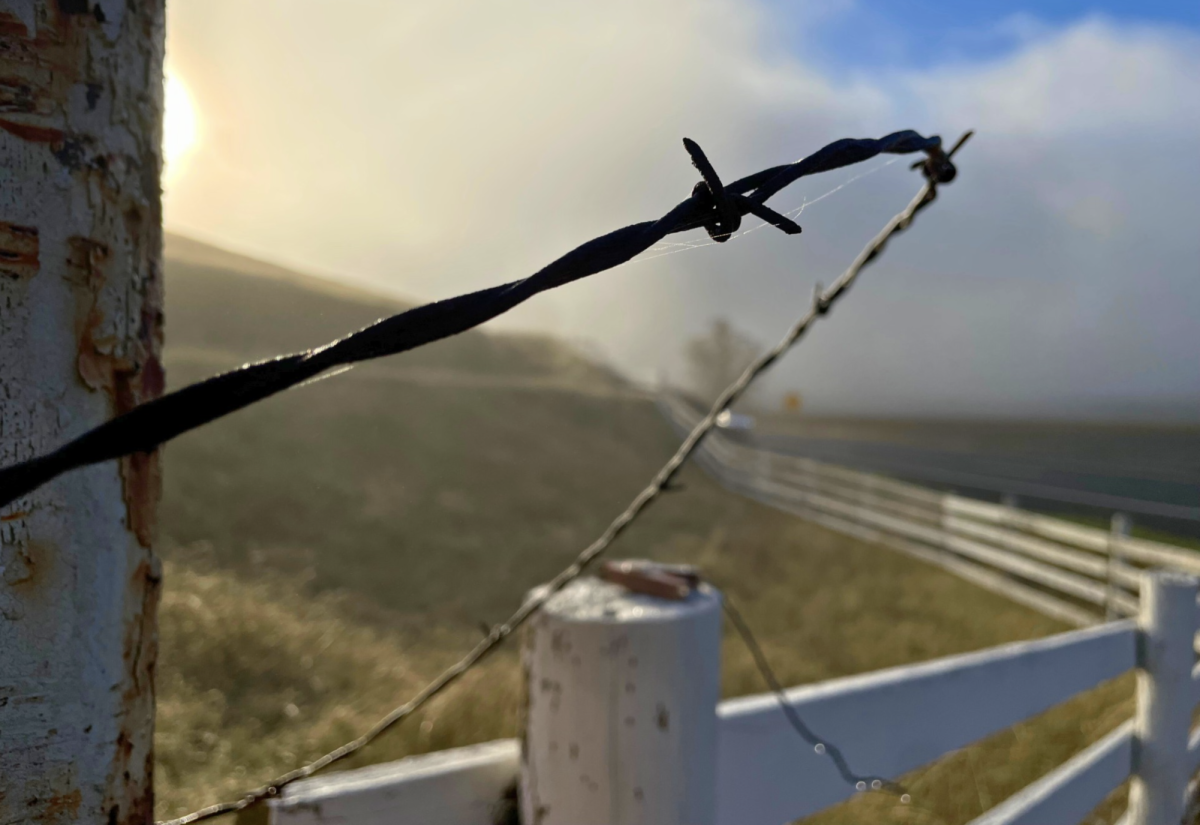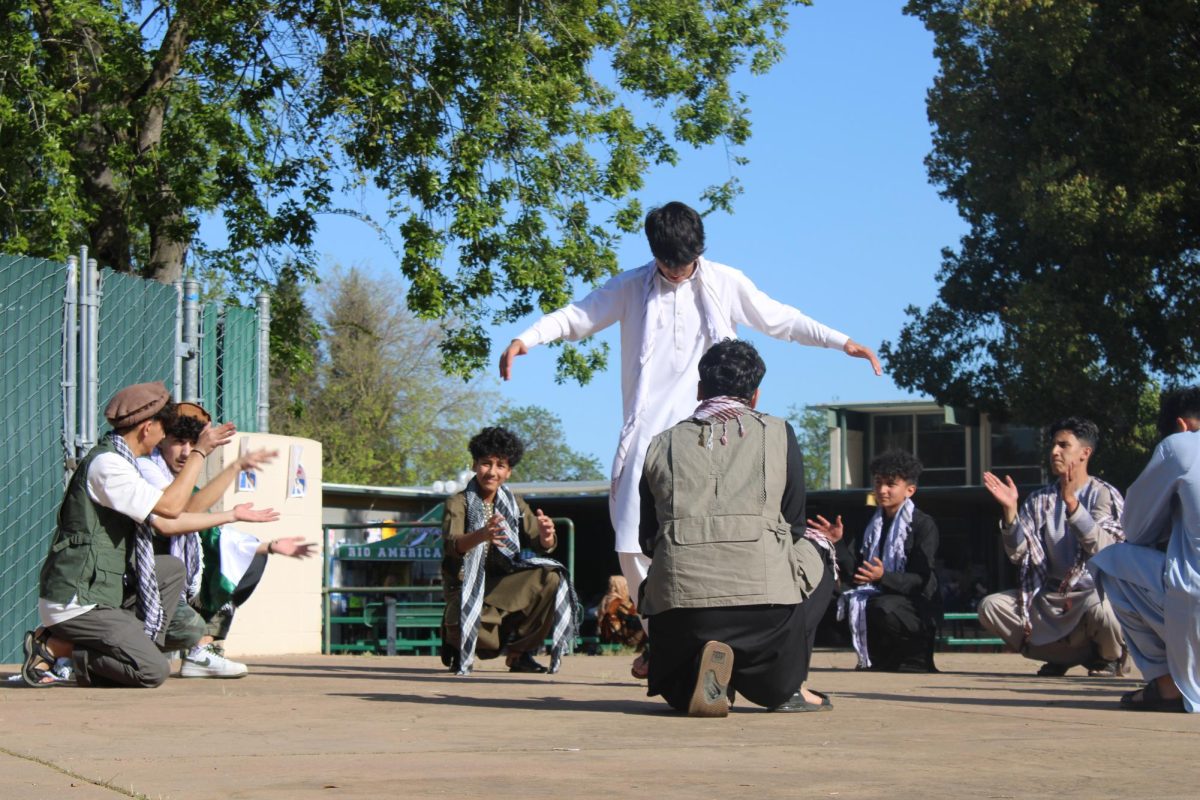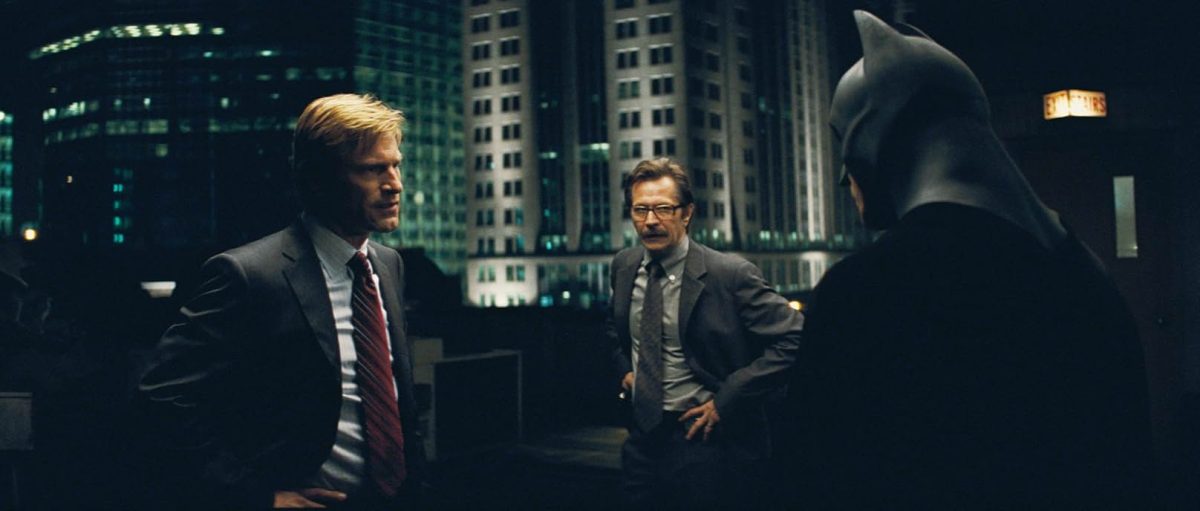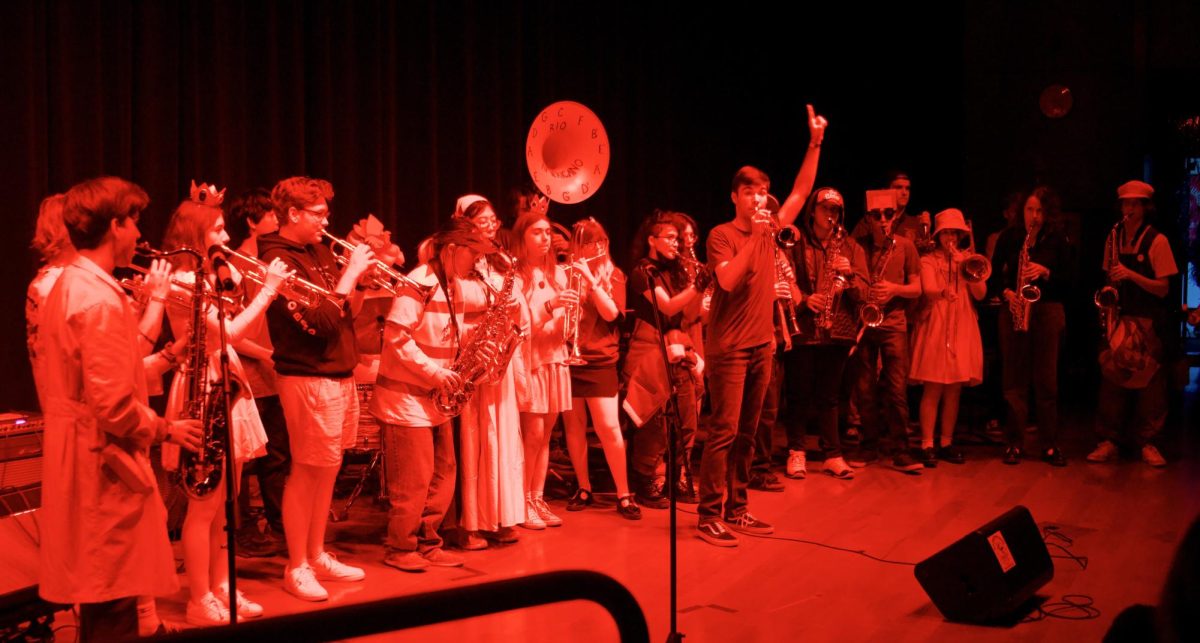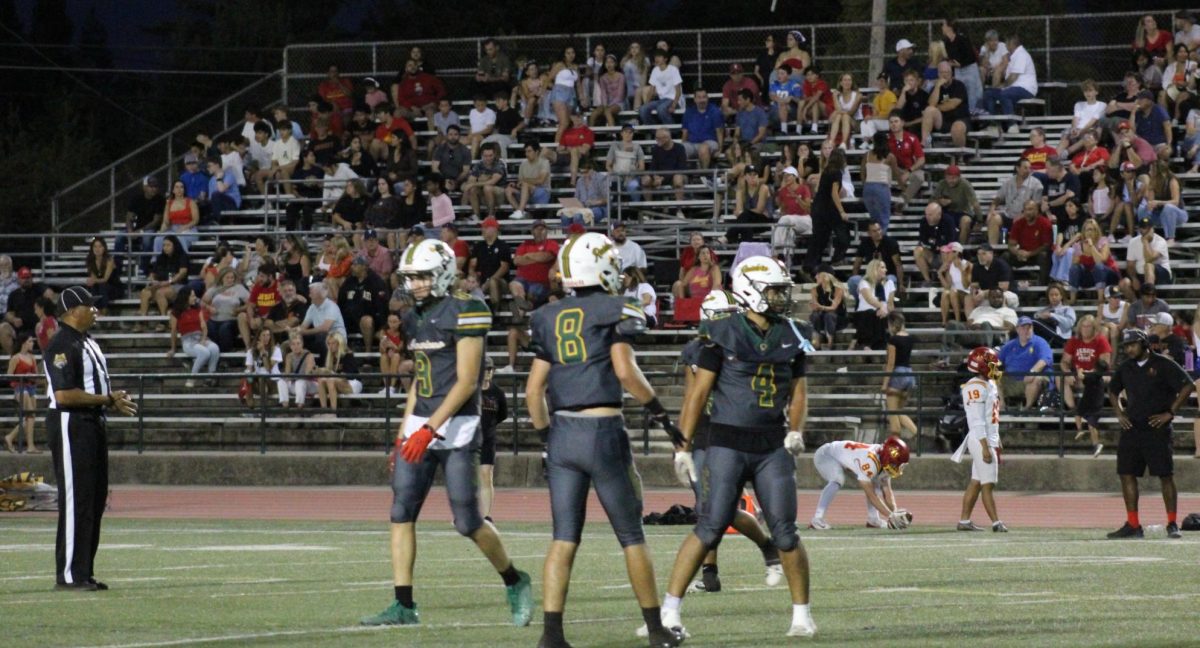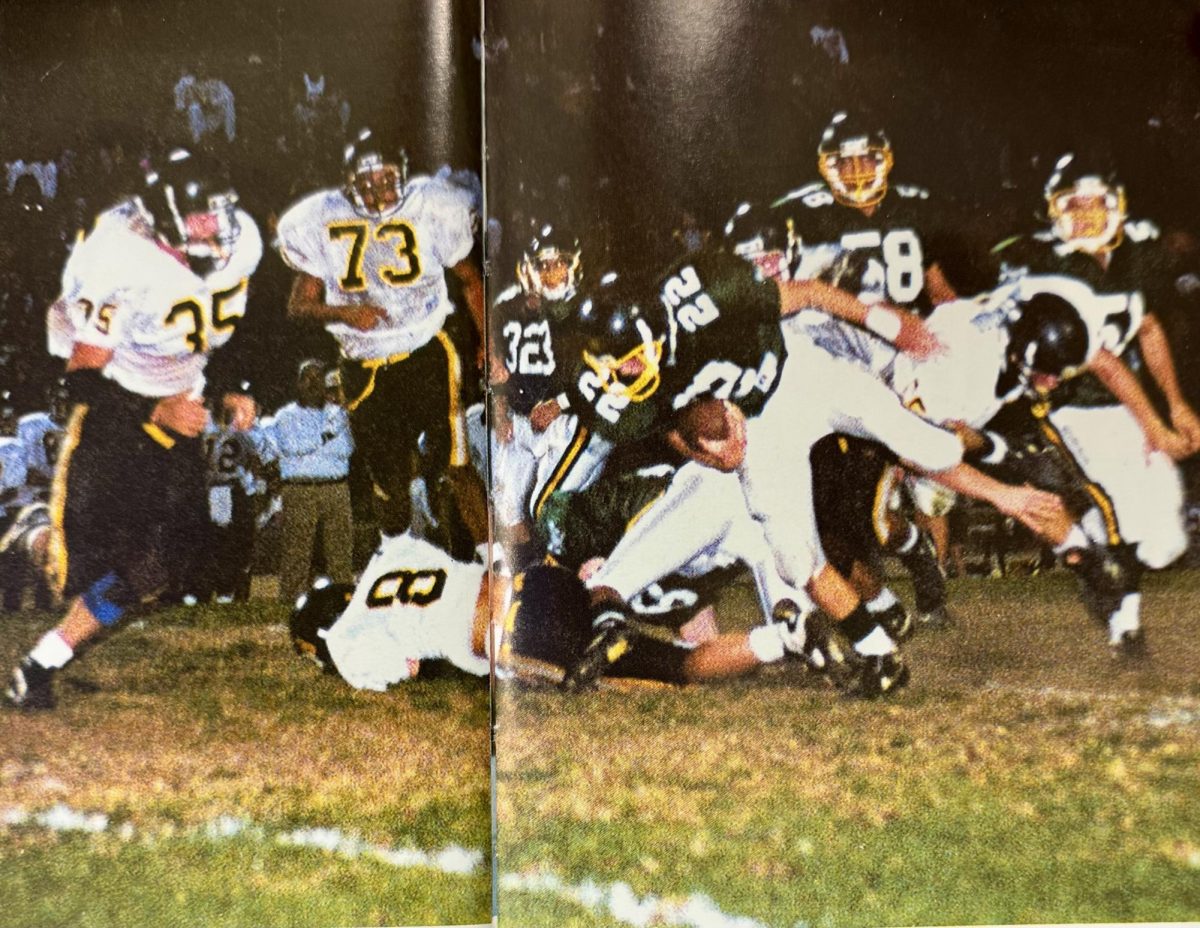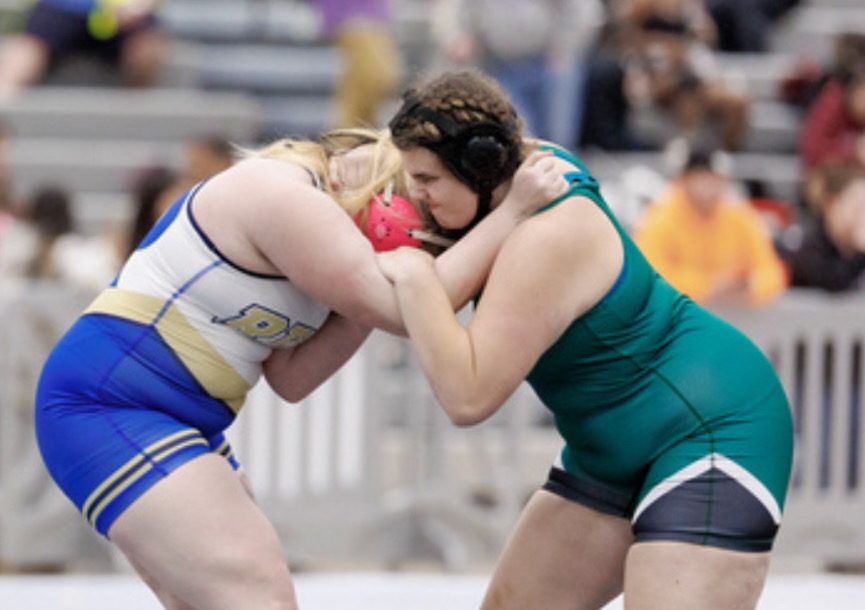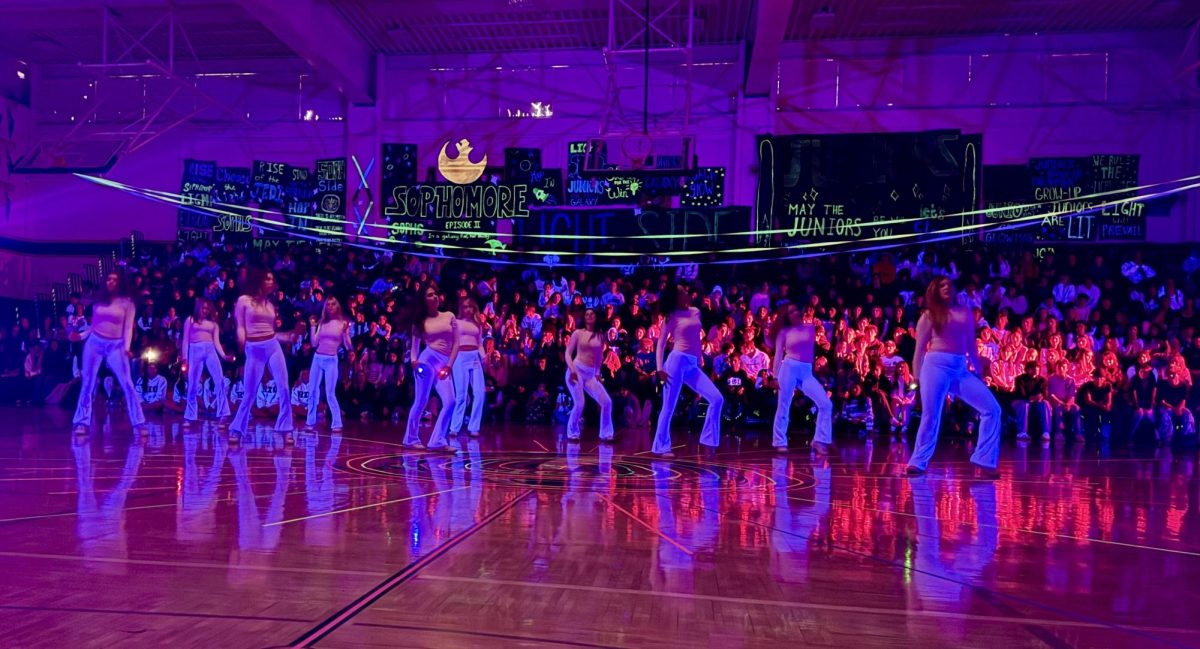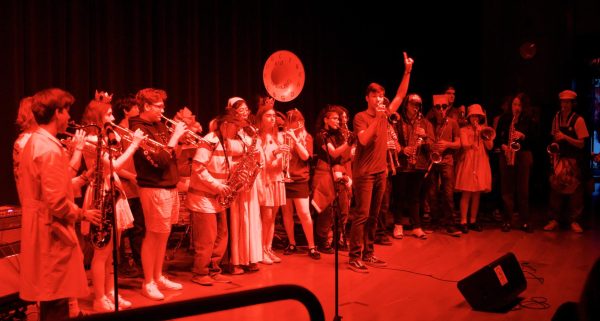Racism is not just the “White Man’s Burden”
In America, we have a unique population, a melting pot of cultures. There is no doubt that Americans of European descent hold the most power in business, politics and government. They created the game, and they are winning it. When we think of racism, we as Americans typically think of a white perpetrator, and typically a black victim.
That isn’t always what racism is. Thinking that only white people can be racist leads to harmful rhetoric and excuses the racism embedded within POC communities. According to the Department of Justice, about 60% of hate crimes are committed because of race. 66% of those crimes are committed on a person, as opposed to on property or “society.” 53% of offenders are white. That’s a majority, but a small majority. That means 47% of people that commit race crimes are people of color. The thorn of racism is not embedded within the white feathers, but the also brown and black feathers, the yellow beak, and the red brimmed eyes of the American eagle.
“The White Man’s Burden” is a poem from 1899 by Rudyard Kipling which claims that white men were doing a favor to other nations by imperializing them, as it was out of graciousness, and that white people were putting themselves through suffering to help “civilize” these “savage” cultures. Europeans believed they were the superior and smarter race, and had the right to erase other cultures. This supremist idea was also used as a scheme to take over countries for cheap labor and profit. It was their excuse for the Scramble for Africa, where Europeans sliced up Africa like it was a piece of cake and devoured it without regard for the lives and cultures they were destroying.
The idea of White Man’s Burden also arose in Asia. Japan, despite its small size, invaded many countries in the first half of the 20th century, especially during World War II. To this day, my dark-skin Filipino mother feels uncomfortable with the Japanese, and tells me never to go to Japan. Both Japan and multiple Western countries decided they had the right to imperialize Asia, especially in the 1800s. This idea that people of lighter skin were either more beautiful or more power spread like a poison throughout Asia, embedding both colorism and racism.
Colorism is defined in the dictionary as “prejudice or discrimination against individuals with a dark skin tone, typically among people of the same ethnic or racial group.”
In nearly every racial group, the lighter skin one has, the more powerful or beautiful you are considered. My personal experiences reflect this. I am mestisso (mixed-race Filipina), and therefore very light skinned compared to most of my family. I do not reflect beauty by societal sense. However every time I am at a family gathering, I would be told that I would be a movie star in the Philippines, despite the fact that I don’t speak Tagalog. In fact most Filipino movie stars are half-Filipinos or Filipinos who have bleached their skin. Most dark-skins, who are rarely on Television, despite that being the main color of the Philippines, are often for comedy, or the ugly character troupe. Half of Filipinos will try bleaching their skin once in their life, according to anthropology magazine Sapiens.
In America, this colorism is most predominant within black communities, where light skin women are considered more beautiful than dark skin women.
Because of our melting pot of cultures, we have many mixed peoples. Passing Privilege, in reference to race, is defined when someone passes as another less discriminated race, often white, and benefits from it. I personally get Passing Detriment, a term I have coined, being frequently discriminated against as a race that is not my own.
Really, how much racism is embedded within POC communities of America? Despite all the “Yellow Peril Supports Black Power” posters from recent events (stemming from the 1960s), Asian Americans are often seen as the Model Minority, which makes many older Asian Americans, especially those who are immigrants, that they are better than other POC. In retaliation, some POC do not consider Asians as POC, and dismiss their suffering. It’s a huge circle of pointing fingers. Statistically speaking, a white person is most likely to commit a hate crime. To fight systematic racism, we must ban together. We must recognize each other’s struggles. We must end racism in our own communities.

